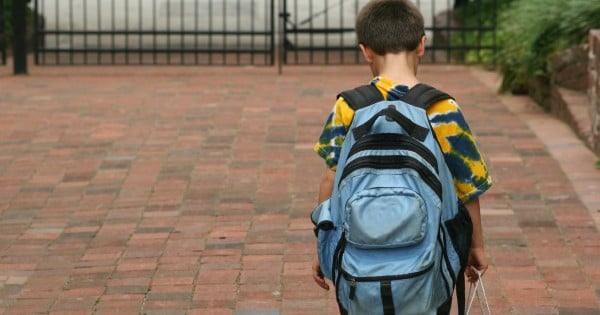
Last week saw children across Australia returning to school after the long summer break.
For most of those young people, the summer holidays were a time to relax, celebrate special times with their families and enjoy those long summer days.
But for some of our young people, returning to school doesn’t represent the end of a glorious summer. Sadly, for some it’s a huge relief to escape a violent, challenging home environment.
For those young people, summer holidays represent violent outbursts. Days and nights spent wandering the streets because home is not a safe place to be. Searching for a friend’s sofa to sleep on because they dare not go home.


